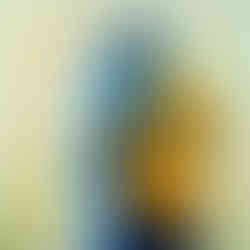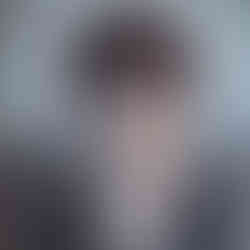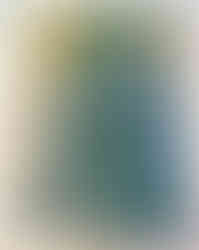Ode to a colour
- Stefan Eisenhut

- May 19, 2020
- 3 min read
Updated: Sep 7, 2022

I admit it, I have a long-standing secret love: she is a beauty and her name is Prussian Blue. Ever since I can remember - even as a child - dark blue has been my favourite colour. At that time, however, I didn't know the exact name for this shade. Since I have been painting more intensively again, my passion for this colour has intensified and I keep discovering new wonderful charms about it. Even on its own, dark Prussian blue is so profoundly beautiful to me and seems to reflect the infinite depth of the night sky or the seas. Prussian blue is noble, calm and cool but not cold. It is not just a normal blue but a complex shade that contains other colours besides blue. If I were to mix the shade from the primary colours, I would need a hint of yellow in addition to blue to bring about the slight green tone, Burnt Umber to break up the hue a bit and Black to darken the colour. In an earlier blog post I once wrote that I actually mostly work with the three primary colours red, yellow and blue and that I don't use pure black for my pictures. This is true as far as it goes, but it is only half the truth. Most of the time I use lemon yellow and signal red, but when it comes to blue, I don't use pure blue as it appears in the logo of redyellowblue.art, but I use Prussian blue.
For each painting, I think about a colour concept that supports the theme of the painting and should, of course, be coherent. I also like to experiment with colours, play with contrasts and possibly irritate the viewer's eye a little. In the meantime, I have already tried out many a colour concept based on Prussian blue and experience has taught me that my great love is also very tolerant and is up for almost any adventure. So far, almost every colour concept based on Prussian Blue has convinced me in the end:
Together with other colours, beautiful new shades can be mixed from Prussian blue. It should be noted that the pigment of Prussian blue is much more intense than almost all other colour pigments. Therefore, when mixing, only a trace of this colour is needed to transform lemon yellow into a stunningly beautiful strong green, for example, or to conjure up a deep aubergine out of red, both of which are also shades with a lot of character, which I love. Together with umber or ochre, you can mix the whole palette of beautifully natural greys from Prussian blue. And then there is the colour range from lighter to darker blue tones, which is created by mixing with white. I appreciate these light blues mainly because they are very natural.
However, a long time ago I had to realise that my secret love is already taken and that I am not the first one who has been seduced by this colour. There have been several love affairs and affairs with partly very famous lovers before me. If you look at Picasso's paintings from the blue phase, for example, you quickly notice that he also worked with Prussian blue. Prussian blue also left its mark on Claude Monet's, Vincent van Gogh's and Alberto Giacometti's paintings.
I firmly believe that some of the fascination that these images continue to exert on us viewers is also due to the multi-layered charms of Prussian blue.
In love – forever!





















Comments